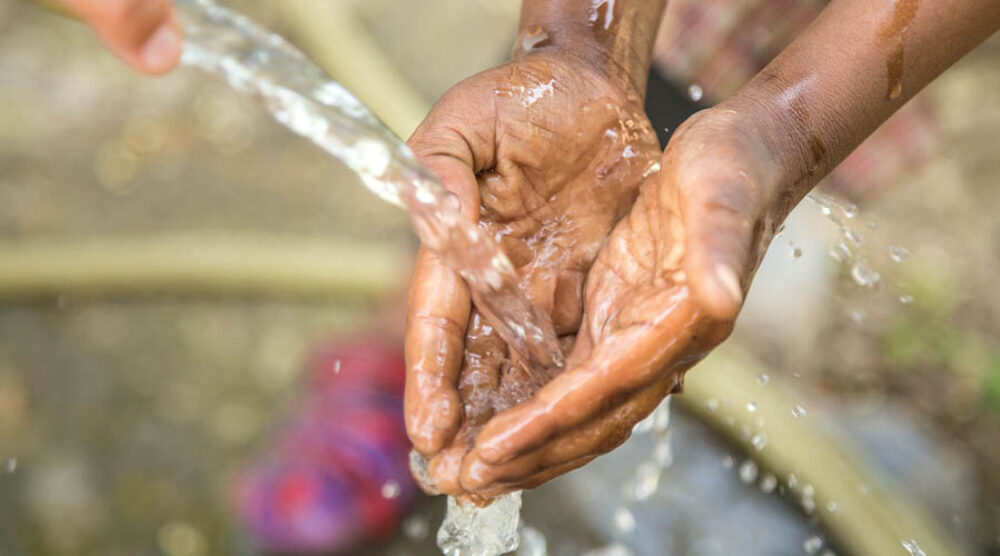Balancing water needs for human use and for the protection of freshwater ecosystems is one of society’s great challenges. Freshwater is not distributed uniformly across the globe nor often in relation to patterns of human settlement, and overuse and pollution further diminish available water supplies. As a consequence, much of the world’s population is exposed to a high level of threat to water security—as are freshwater ecosystems.
The Asia-Pacific region is a global hot spot for water insecurity: 1.7 billion people currently lack access to basic sanitation and approximately 80% of wastewater is discharged into rivers, lakes, and the sea with little or no primary treatment. It is estimated that up to 3.4 billion people could be living in water-stressed areas by 2050 given projected increases in water demand for food production, domestic supply, manufacturing, and electricity production. There is little doubt that water will become a constraint on economic growth in a number of countries unless significant effort is directed toward improved water management.
The Asia-Pacific region also sustains outstanding freshwater biodiversity and a high societal dependence on environmental services (e.g. fisheries) that healthy rivers and wetlands provide. Freshwater ecosystems are home to extraordinary biodiversity, but almost one in three freshwater species is threatened with extinction world‐wide, and populations of freshwater vertebrate species have fallen at more than twice the rate of those on land or in the oceans. South and South East Asia are by far the most threatened regions.
Many human populations in the Asia Pacific rely on rivers and wetlands for a large part of their diet and subsistence. In these areas, rice is the major source of carbohydrate but fish is the major, if not only, source of animal protein and a major source of minerals. Consumption of freshwater fish is particularly important for the physical development of children, and not only often represents a cheaper source of animal protein but also a preferred part of local and traditional recipes.Technologies required in freshwater fisheries are relatively low in cost and therefore widely available to millions of people, including to women and children who frequently harvest small, but nutritionally important quantities from the river and wetlands near to their homes. In Asian countries, fish make up a larger proportion of household expenditures in low income households.
The prospect of sustaining current rates of development and improving livelihoods in the Asia Pacific clearly depends on the precious natural resources provided by healthy aquatic ecosystems. However, decades of neglect have degraded the environment and its natural resources as governments across the region have prioritised rapid economic growth over environmental objectives. Asia’s leaders are now looking to green their economies as part of their commitment to the 2030 Agenda for Sustainable Development.
Please click here to read the full “Environmentally sustainable water management in the Asia Pacific” article published in the 2019 State of the Neighbourhood report, written by Professor Stuart Bunn, Associate Professor Mark Kennard and Professor Sue Jackson.








